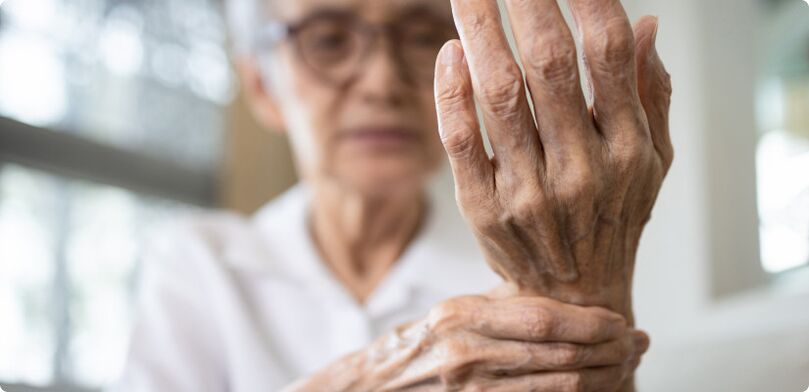
Arthritis and Arthropathy: What’s the Difference
- Diseases of the large joints, that is, diseases of the hip and knee joints;
- Spinal pathology associated with radiculopathy, discs, and facet joints;
- Arthritis and facet joints;
- Disorders of the wrist, elbow, and radiocarpal joints.
causes of arthritis
What to do if you get shot in the back
Can vitamins and orthopedic protection help?
Always wear elbow and knee protection when engaging in strenuous exercise. They won't protect you from serious joint damage, but they can minimize damage and protect your skin from damage.



















